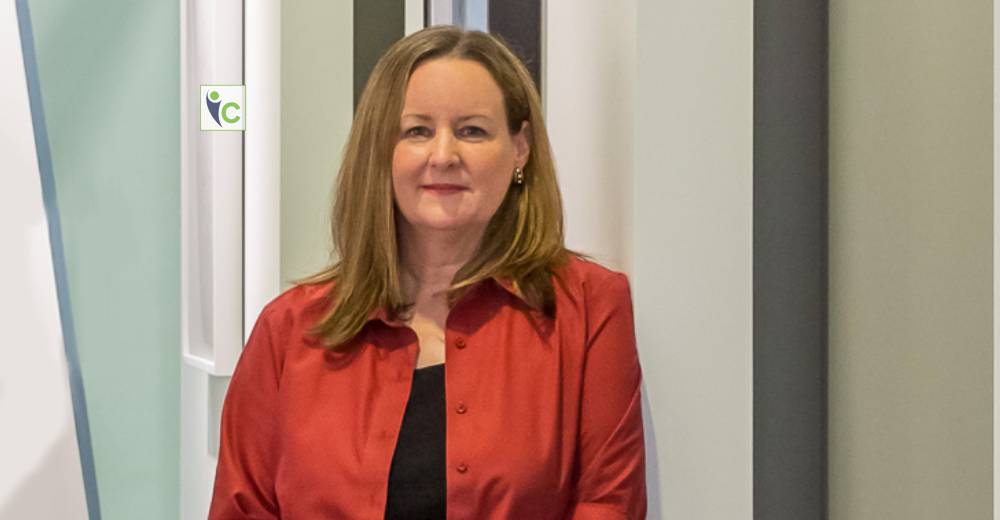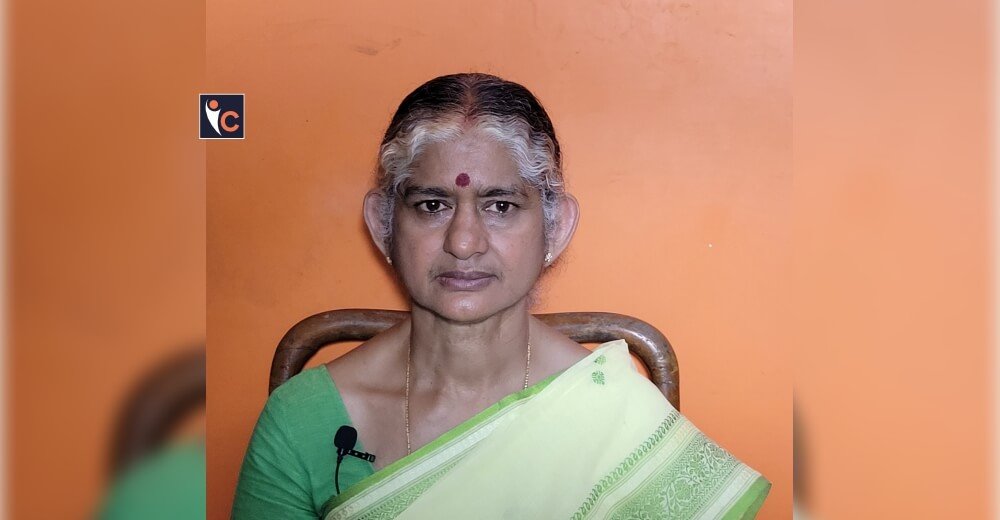Evolution, transformation, progress, metamorphosis – the nature of the healthcare industry has been in dynamic flux. Without a doubt, the discipline of healthcare architecture is on a parallel path, striving to cater to the swiftly changing demands of the healthcare industry and the delivery of patient-centered planning and design.
As a consequence, this edition, titled 10 Most Trusted Healthcare Architecture Companies 2021, brings into the spotlight those firms that exhibit the expertise in building healthcare infrastructure that can anticipate and withstand the changes ahead.
One prominent name among such companies is EYP, a full-service architecture and engineering firm specializing in the planning and design of facilities for health care, higher education, science and technology, and the federal government.
EYP’s commitment to critical thinking is balanced by an ingrained empathy, which results in improved project outcomes that offer positive experiences for its clients, their staff, and the end users.
Research and evaluation, a participatory process, and applied innovation are the hallmarks of EYP’s work in healthcare design. “These characteristics not only help us deliver a high level of client satisfaction, they also bring a new accountability to design and consulting. At the same time, we are striving to meet the challenges of technology integration, operational and financial performance, safety, and productivity,” says Kimberly Stanley, AIA – Healthcare Sector Leader and Senior Principal at EYP.
Business Excellence and Critical Thinking
Serving clients from academic medical centers and large health systems to smaller community-based healthcare organizations, the team at EYP believes that healthy, sustainable, and resilient buildings help organizations succeed in the evolving healthcare landscape. EYP has particularly deep healthcare expertise in master planning and facility design for
• Behavioral Health
• Cancer Care
• Heart and Vascular
• Orthopedics and Sports Medicine
• Women & Children’s Health
The team states that EYP feels fortunate to be working with a wide range of healthcare clients—and many academic medical centers—and can offer them cross-disciplinary teams when it adds value, engaging experts from other parts of the company when it may benefit their project. So, not only can a client expect a team of healthcare professionals, but also, when appropriate, experts in modernization, health sciences, biomedical research, or innovation hubs.
“Having critical thinkers at the table at the outset of design, can mean the difference between accomplishing the ordinary or achieving the extraordinary. That extra level of inquiry can have a big impact,” says Kimberly.
“We begin every project by asking, ‘What’s possible?’ EYP is an interdisciplinary, people-first organization focused on providing optimal solutions. We embrace collaboration, innovation, empathy, and the sheer joy of exploration. This is who we are, why we’re different, and what makes us the right team for so many healthcare opportunities,” she adds.
Distinctive Expertise
At the helm of EYP’s healthcare practice is Stanley, who attributes the firm’s ascending prominence in architecture to an outstanding healthcare leadership team, including a core group of strategic master planners, medical planners, designers, and marketing professionals who team up to discuss and strategize the direction of the practice.
A life-long fascination with buildings, coupled with a love of science, led Kimberly to study architecture, with a specialty in healthcare design. For over 25 years, she has worked with national and international design firms, and now serves as the healthcare sector leader for EYP.
Kimberly is recognized for innovative work at academic medical centers. She is a national expert in children’s healthcare design and a staunch advocate for putting the patient at the center of the healthcare experience. She is passionate about the ‘big ideas’ in healthcare today, and how design can play a role in positioning clients for success.
A big believer in collaboration, Kimberly draws on EYP’s family of creative thinkers in the exploration of ideas. She works with clients to deliver innovative, patient-centered, and technology-enabled buildings that can respond to a dynamic and competitive industry.
By optimizing the workplace, leveraging new and emerging technologies, and embracing the philosophy behind population health, Kimberly’s design ideas have raised expectations about what the future of healthcare should look like, and feel like, for patients, healthcare providers, and communities.
Sharing insightful advice to those aspiring to venture into the healthcare architecture space, Kimberly says, “Building knowledge and expertise in the healthcare space takes time, and it also requires a certain passion about the industry as a whole. It is complex, multi-faceted, data-rich and requires a full immersion to become proficient – and, even then, the healthcare industry is in a constant state of change. It takes a real passion and commitment to operate at the highest level of design performance in this field. So, for those starting out and enthusiastic about healthcare architecture, I would say, it’s a meaningful journey: a long process of building expertise, learning from extraordinary healthcare providers along the way, and being part of a team, whose goal is to build healthier communities.”
Opinions that Matter
We asked Kimberly for her opinion on the impact of the current pandemic on the global healthcare architecture market, and the challenges she and her team faced during the initial phase of the pandemic. Kimberly said, “The pandemic had a profound impact on the healthcare architecture market. My respect for our healthcare clients has never been higher given what they endured and the vital service they provided over the last year.”
“Institutions, large and small, were grappling with an unprecedented public health crisis at the same time they were experiencing staggering financial losses. Many capital plans were scrapped or put on hold, and the healthcare architecture community stepped up to provide emergency assistance during the pandemic: expediting ICU conversions, repurposing space for patient care, retrofitting mechanical systems to increase isolation capacity, designing Covid testing sites and more.”
“In terms of operations, surprisingly, many projects that were in progress proceeded as planned, and EYP was fortunate in that regard – remaining busy throughout 2020, balancing pro-bono Covid work alongside projects in progress. We were initially challenged, as all firms were, by the quick pivot to working from home, the rapid changes to workflow, the virtual design process, and the technology bandwidth.”
“We were also challenged by the very real need of parents to balance childcare and work commitments in an at-home environment – and I’m proud to say that we met that challenge quite well. EYP’s leadership team and ‘people-first’ culture allowed us to quickly rally the troops, collaborate on flexible approaches, and move forward with a plan that really worked. We learned so much over the last year that will forever change how we work.”
“We were also curious about how our clients were faring, so in the middle of the pandemic, a team at EYP launched ‘The Healthcare Workplace Consortium’ and invited about a dozen academic medical centers across the country to join a conversation about the pandemic’s impact on the workplace, what they were experiencing, and how they were thinking about the future with regard to their facilities. It was enormously insightful, and the consortium continues today, with healthcare organizations sharing how the pandemic has influenced their thinking about real estate, facilities and the workplace,” adds Kimberly.
Is Technology the Way Forward?
It is always the best practice to seek opinions from experts with firsthand experience. In that sense, we asked Kimberley for her opinion on the future of healthcare architecture considering the normalization of technologies such as AI and machine learning, to which she says, “Healthcare architecture is already undergoing a transformation where technology—and techniques to leverage technology—are becoming an integral part of architecture and design, and how a building is expected to perform.”
“In many respects, technology is no longer a separate topic from the building itself – it is the building. When we conceive of the infrastructure necessary for a hospital’s future flexibility, for instance, we must acknowledge that the healthcare industry is changing so rapidly that the future is unknowable – so designing facilities that are technologically enabled will be one of many important design criteria going forward. With so many new and emerging technologies, it’s not surprising that IT is getting an ever-growing piece of the pie as we examine the budget for new and renovated facilities.”
“The future of healthcare architecture may be one in which ‘value’ is more precisely defined than in the past. I might liken it to a smart chess match, where the environment is the queen, but technology is king: playing a central role in the design process; pushing data to drive decisions, pushing the envelope of experiential design, and allowing the client a real-time understanding of the cost associated with choices they make. Although there is not yet a unified platform for all the software and tools to help streamline what is possible – in many ways, the future is now. Buckle up!”
Toward New Horizons
EYP’s healthcare practice has been growing steadily for some time and is envisioned to continue throughout 2021 and beyond, both in project volume and geographically. Currently, the firm has about ten offices nationwide and recently opened a new office in Florida.
Although EYP already has sizable offices in Washington, DC; Albany, NY, and Boston, MA, it is planning to further expand its healthcare presence in the mid-Atlantic and the Northeast. EYP is also looking into several strategic initiatives to offer its clients access to even more expertise.










